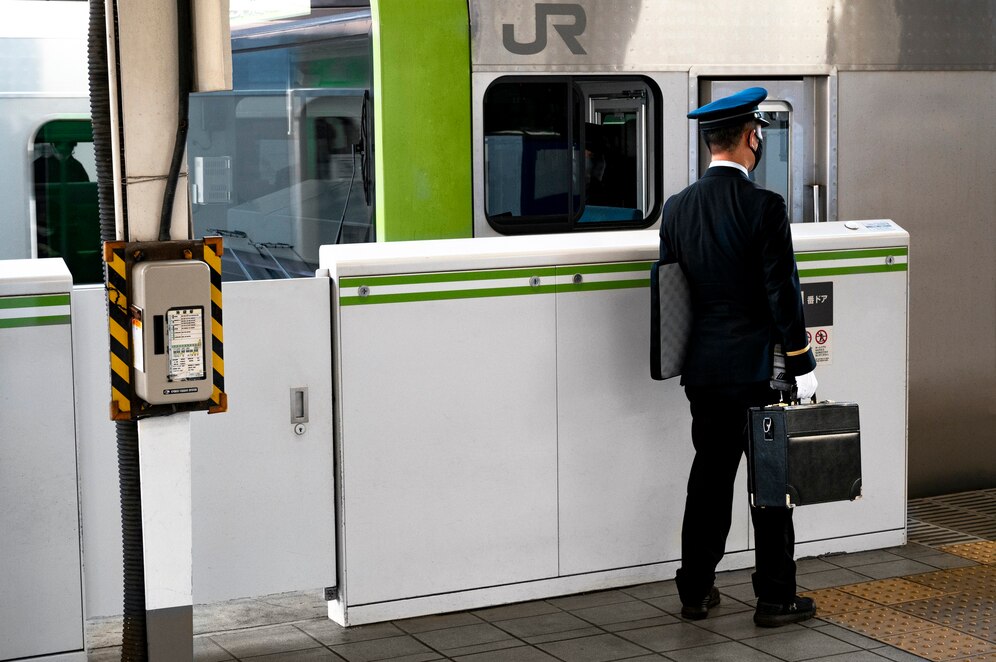The adherence to certain measures has made turnstiles a necessary feature in today’s safety structures, especially within buildings with large crowds—like transportation terminals, corporate offices, educational institutions, and housing blocks. Where security issues are gaining prominence, Turnstile System Philippines helps prevent trespassing, allows for access control, and protects lives and property.
This article reviews the security policies linked to turnstile integration in the Philippines; why they are useful in different industries; and also discusses some of the ways used to ensure an effective access control system.
Turnstile Systems
A turnstile system is a gate that lets just one person enter at a time, whether it is mechanical or electronic. It has two main purposes: regulating the inflow and outflow of people from a place and preventing unauthorized entry into it. They vary from simple tripod turnstiles to more sophisticated entirely automated systems incorporating biometric readers, RFID cards, or facial recognition technology.
Turnstile systems can be found in the Philippines in various areas such as MRT and LRT stations, corporate offices, and gated communities. In addition to enhancing security, these systems also facilitate pedestrian movement, alleviate overcrowding as well as keep track of people within or without a facility.
Importance of Security Protocols in Turnstile Systems
Such systems will help keep track of who enters or leaves, where access is granted, and what happens to the data. The implementation of security protocols in turnstile systems is important in ensuring that access control is effective. In line with the increasing population and urbanization in the Philippines – need strong security protocols to protect public and private areas.
Controlled Access
The first line of defense against unauthorized entry or exit into a building is provided by turnstile systems. Methods used to grant access include ID cards, RFID tags, and biometric verification among others in varying combinations. High-security environments, such as corporate offices or government buildings in Metro Manila often employ multi-factor authentication protocols to ensure that only authorized persons can access sensitive places.
Deterrence of Unauthorized Entry
These security measures enable turnstile systems to keep out unauthorized persons from their premises. To this end, they may utilize alerts that can be triggered by sensors, alarms, or even CCTV cameras when an individual tries to breach the system by tailgating or other means. To prevent this type of incident in Philippine public places like airports and malls, many such institutions have installed turnstile systems with such programs.
Tracking and Monitoring
Turnstile systems, integrated with advanced access control software, allow real-time monitoring of entry and exit data. This will log who has entered the facility, at what time, and through which access point. This proves to be very useful, especially for businesses in the Philippines where monitoring employee attendance, punctuality, and security is very important. During emergencies, these logs can help determine where people are located at any given moment.
Key Security Protocols for Turnstile Systems in the Philippines
The implementation of various fundamental safety procedures is necessary to guarantee that the turnstile systems are secure and can be counted on. This way, it will help reduce risks that come with security, such as unsanctioned entrances, following closely behind, and even system breakdowns.
Multi-Factor Authentication (MFA)
The extra burden of this barrier- you are swiping an access card, inserting a fingerprint scanner, or doing face recognition for those entering the system. In high-security places in the Philippines such as banks, corporate offices, and government institutions, for instance, multi-factor authentication (MFA)’s main purpose is to ensure only authorized parties have access through various forms of identity verification.
Anti-Tailgating Measures
The prevailing worry for safety where an unauthorized individual trails an approved one through the turnstile is tailgating. For this reason, today’s Philippine turnstile systems are fitted with sensors that recognize instances of various individuals attempting to get to a solitary entry point. When tailgating happens alarms can sound, and security officers can be notified to rectify that situation.
Integration with CCTV and Alarm Systems
Security is enhanced through real-time monitoring and immediate responses to security breaches due to having cameras connected to turnstile systems. Moreover, many malls, offices, and airports in the Philippines have their turnstile systems linked to a central security network allowing the monitoring of various access points by security team members in case an incident occurs making it possible for them to react promptly.
Emergency Egress Protocols
In case of emergency, like fire or earthquake, turnstile systems must have procedures for speed and security evacuation in any situation. Present-day systems have fail-safe measures that unlock automatically or swing open during emergencies allowing people to leave buildings freely. A reliable escape from any calamity is critical for the safety of Filipinos whose lands are often hit by Mother Nature’s wrath in calamities such as quakes.
Regular Maintenance and System Updates
The turnstile systems must undergo regular maintenance and software updates for their reliability to continue. With time, system functionality may be affected by wear and tear while security vulnerabilities may be introduced by outdated software. In the Philippines, businesses are encouraged to work with dependable service providers for routine inspections, system software updates, and compliance with local security standards.
Key Takeaway
For the Filipinos, Turnstile systems play a major role in their modern security infrastructure and hence assist businesses as well as public places in achieving excellent access control and protection against unauthorized entry. When they combine their systems with strong security protocols such as multi-factor authentication, anti-tailgating measures, and connecting to surveillance systems, then it becomes possible to use turnstiles to greatly increase security levels while growing operational competence.
As the Philippine economy and public spaces develop, more businesses must adopt modern turnstile systems that have all-encompassing security measures for the protection of their workers, guests, and properties.







